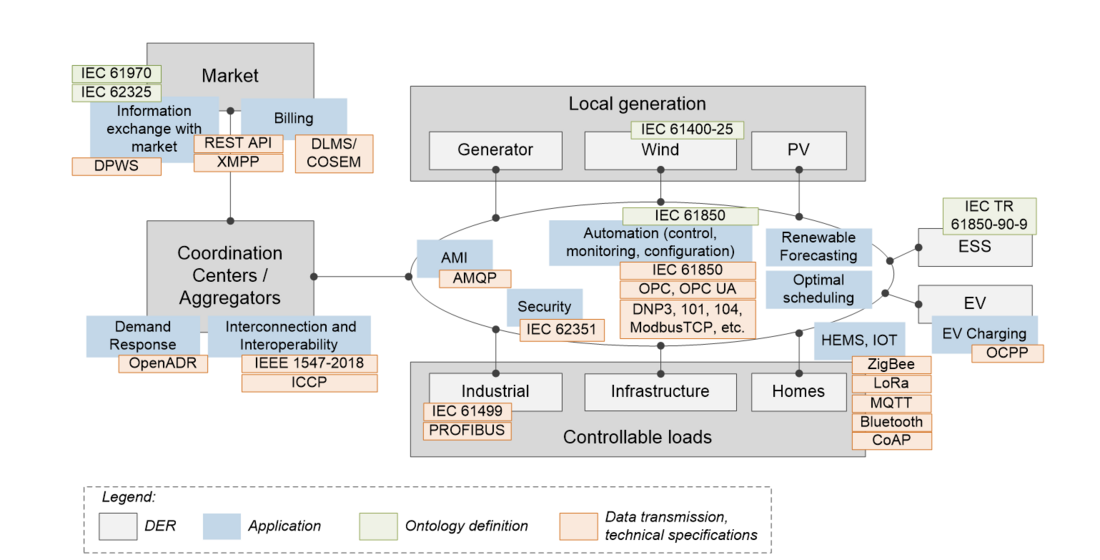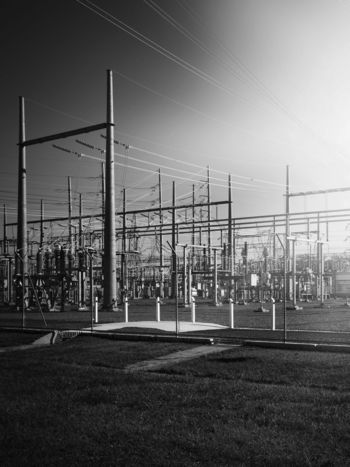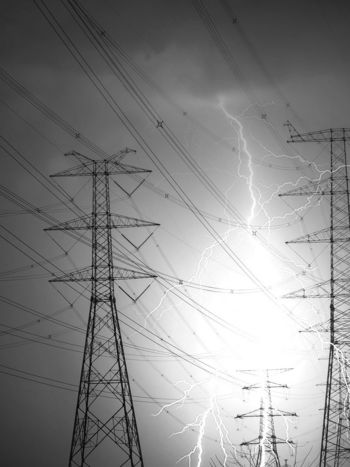Advanced Consumer-Side Energy-Resource Management Systems
In the process of Energy Transition, supported by many countries, amount of Distributed Energy Resources (DER) is constantly growing and constitutes a notable part of total installed capacity. Medium-sized DER can be connected to the distribution networks and still be directly controlled by power systems via DER management systems (DERMS). But DER are also owned by industrial consumers, installed in buildings etc., not to mention the smaller DER, like roof photovoltaic panels, home electricity storage systems, EVs with vehicle-to-grid support, which are completely out of visibility of network operators.
Members
Convenor (RU)
A. NEBERA
Secretary (RU)
E. PARAMONOVA
F. NEPSHA (RU), B. BAK-JENSEN (DK), N. SHUBIN (RU), S. KOVALEV (RU), Y. BUBNOV (GE)
Introduction
This growing DER amount besides its advantages for consumers, constitutes potential risk for the safety, reliability, and stability of power systems, if not adequately controlled. To deal with it, many power systems impose partial limitations on DER deployment. In such cases DER operate in isolated mode or with restricted power injection towards electrical networks.
In other cases, distribution network or power supply companies try to establish a direct control over some consumer resources in exchange of reduced electricity tariffs etc. But this leads to a big technical complexity of controlling a large number of consumer DER and service types.
Meanwhile recent advances in Cloud technologies, Industrial Internet of Things (IIoT), Blockchain, and other new IT developments along with new market roles like Aggregators provide a potential way for complex DER management.
Analysis of consumer DER advantages and risks along with information technology solutions suited for massive DER management are presented in the Technical Brochure (TB).
Scope / Methodology
DER potential in the TB has been mostly analyzed with regard to power systems flexibility provision. To consider different level of DER deployment and market development in different countries a survey was conducted, and results presented in the TB. The scope of DER use and management is also covered by other related CIGRE working groups, studying DER modelling, metering, protection, associated power quality issues and other aspects.
Description of the ТВ
To better deal with the complexity of the field, we need to define and classify it. Distributed energy resources are considered in the TB in a broad sense, including distributed generation, storage and controllable loads, allowing to change typical power consumption profiles. There are 12 different types of DERs identified along with their functions or services and effects on power systems. DER flexibility provision abilities have been analyzed on two levels:
- global services, including power and energy capacity, timing characteristics like reaction, service, ramping, recovery durations, economic parameters etc.
- local services, including voltage control, harmonic mitigation, fault current contribution, oscillation damping, phase balancing and others.
Basic consumer group types are also defined and mapped based on their generation capacity as well as demand change abilities.
In the next TB chapters various risks along with valuable DER use options are considered. Risks of uncontrolled DER development are related to electrical safety, relay protection malfunctions, stability and inertia reduction, power balance impact, and compromised electrical energy quality. On the contrary coordinated DER integration can cover a broad set of consumer and power system demands, further analyzed in the TB along with requirements for energy and ancillary services provision, measurement organization and management functions development.
Having defined use options and necessary functions we need to map them on main existing or future stakeholders on power markets. Six types of scenarios of consumer DERs integration are examined, detailing the interactions between end-users and other stakeholders, including:
- Flexibility management
- Energy supply management
- Microgrid management
- Distribution network management
- Aggregator management
- P2P market
Comprehensive descriptions of these scenarios offer valuable insights for the development of control systems that seamlessly integrate energy management systems.
In the following chapters data flows and standardized communication protocols of interaction between stakeholder control and other management systems (simulation, financial, electronic documentation, GIS, meteorological etc.) are analyzed. We also discuss advantages and disadvantages of existing DER management solutions, considering aspects that influence the effectiveness of control systems. An example mapping of standardized protocols to DER management interactions is presented on the Figure 1 below.

Figure 1 - DER management applications and communication protocols mapped to implementation structure
There are quite a few challenges associated with massive DER management, including performance, reliability, security and privacy, scalabiliy, interoperability required to control thousands and possibly millions of devices owned by other persons and organizations. Another topic is related with common view and meaning of DER parameters and context of their operation, which requires and agreed ontology or integrated set of ontologies to be...
Abonnez-vous pour lire l'article complet
Vous avez déjà un compte ? Connectez vous




